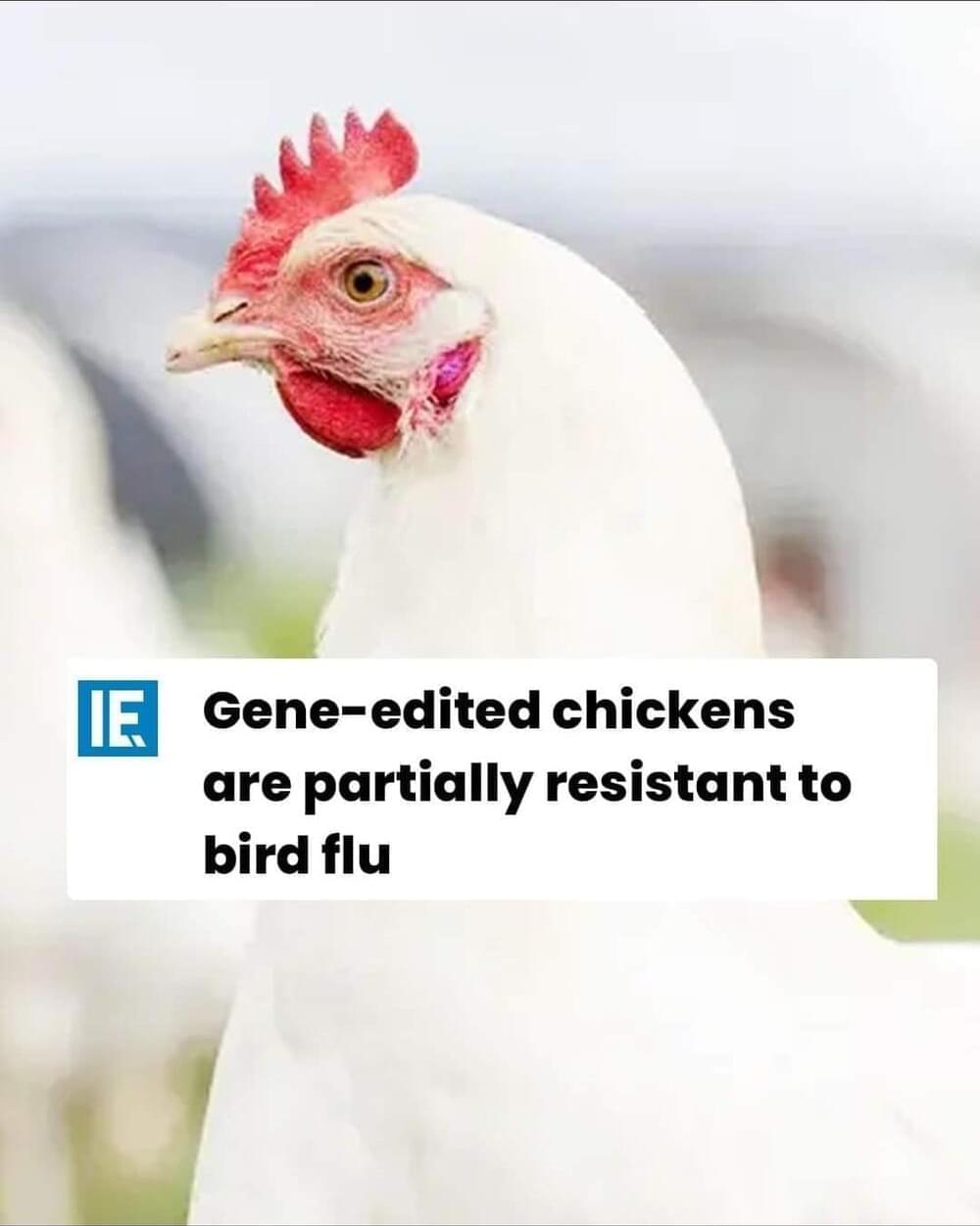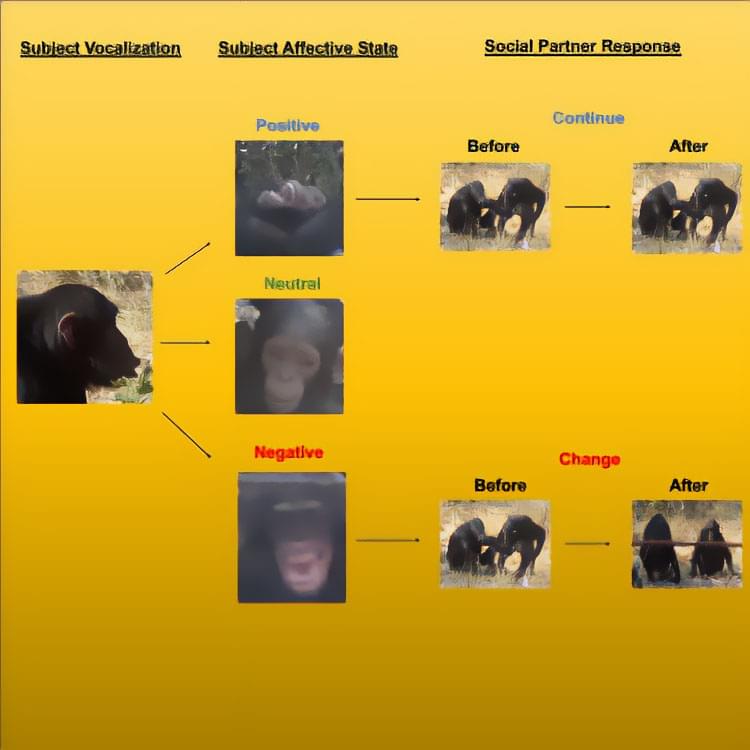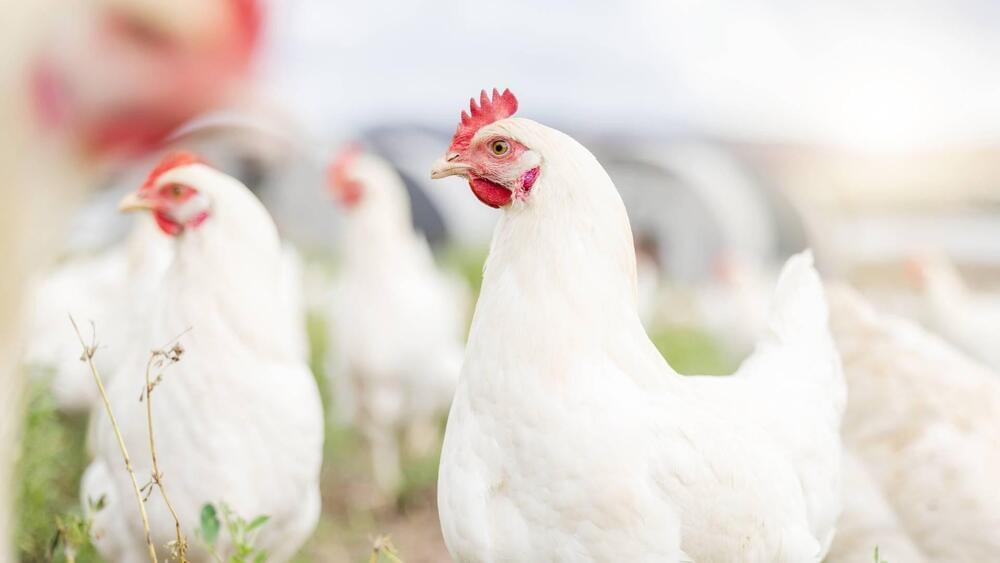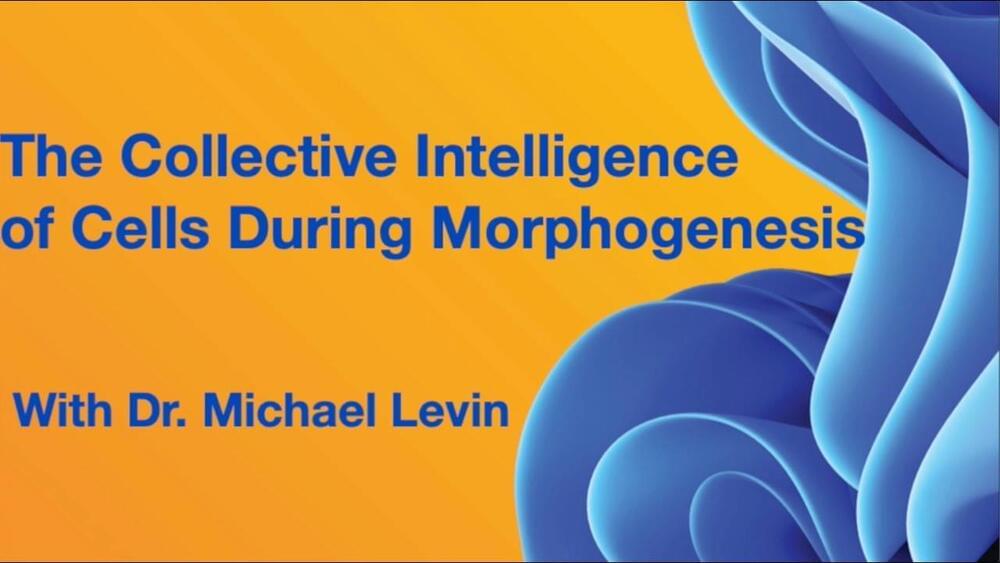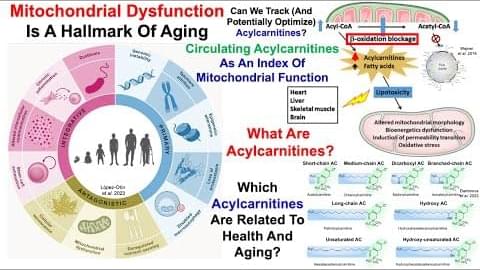
In a new study, Abudayyeh and Gootenberg led a team of scientists on a quest to identify and characterize Fanzor enyzmes in large-scale genetic databases. Their genetic mining venture, published in Science Advances, outlines the discovery of over 3,600 Fanzors in eukaryotes, including algae, snails, amoebas and the viruses that infect them.
Fanzors evolved new features to survive and thrive in eukaryotes
Five distinct families of Fanzors could be identified from the study data. By comparing the biological makeup of these families, Abudayyeh and colleagues could track their evolutionary history. Fanzors most likely evolved from proteins called TnpB, which are encoded in transposons – mobile genetic elements often nicknamed “jumping genes”. In Nature, the McGovern team hypothesized that the TnpB gene may have “jumped” from bacteria to eukaryotes in a genetic “shuffling” many years ago. Abudayyeh and Gootenburg’s new study and genetic tracing implies that this event likely occurred several times, with Fanzors “jumping” from viruses and symbiotic bacteria. Their analyses also suggest that once these genes had made their way into eukaryotes, they evolved new features that promoted their survival, including the ability to enter a cell’s nucleus and access its DNA.
